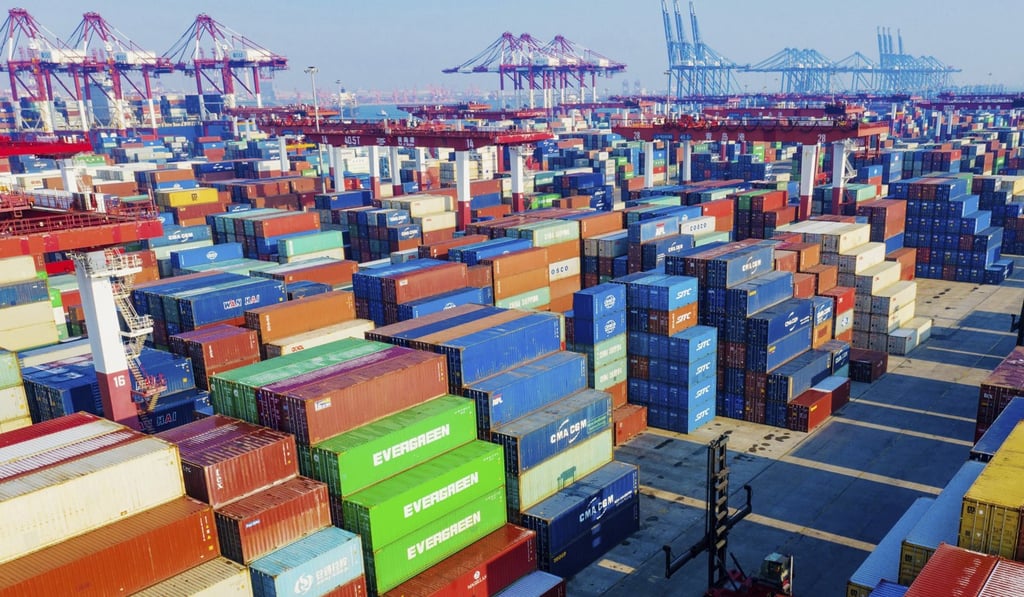Sino File | In the Year of the Rat, the US-China trade deal will not usher in a season of goodwill
- The interim accord has not completely prevented a full-blown trade war between the world’s two largest economies
- Nor does it address the rapid deterioration in Sino-US relations, amid their increasing divergence in geopolitics, strategic goals and ideologies

At this stage, both nations might shift the battleground from the negotiation table to on-site verification of the accord’s implementation. But it will be a challenge for this modest agreement to last, as the enforcement of each item contains a potential point for friction.
That is why the deal forestalls further escalation rather than scaling back punitive measures, as tariffs mostly remain in place as pre-emptive measures to ensure it is enforced.
Despite the deal, the Trump administration has kept its 25 per cent tariffs on US$250 billion of Chinese exports and 7.5 per cent tariffs on a further US$120 billion of exports. Clearly, with punitive tariffs still imposed on two-thirds of Chinese exports to the US, Washington wants to maintain an American stick hovering over Beijing should it not follow through with its compromises.
They also agreed on regular assessments, a Trade Framework Group meeting and the establishment of a bilateral conflict-resolution body. With remaining tariffs and possibilities of tariff snapbacks, trade-war related uncertainties will remain in the year ahead.


